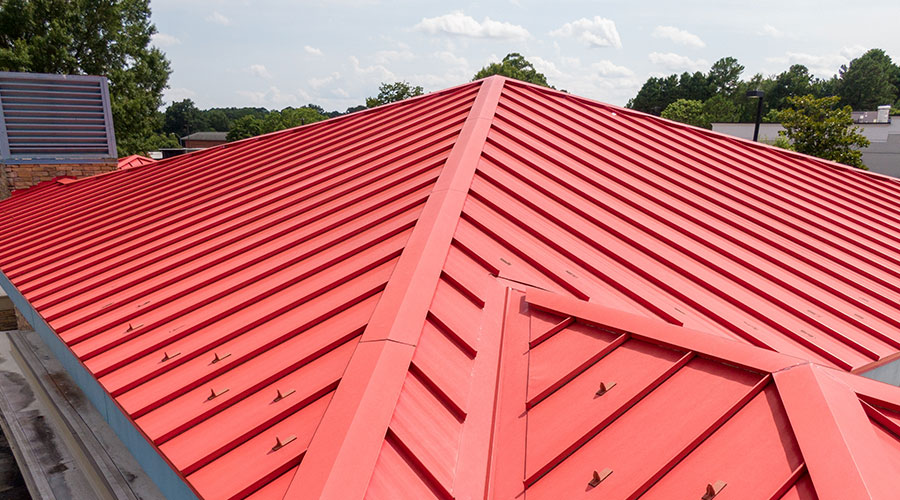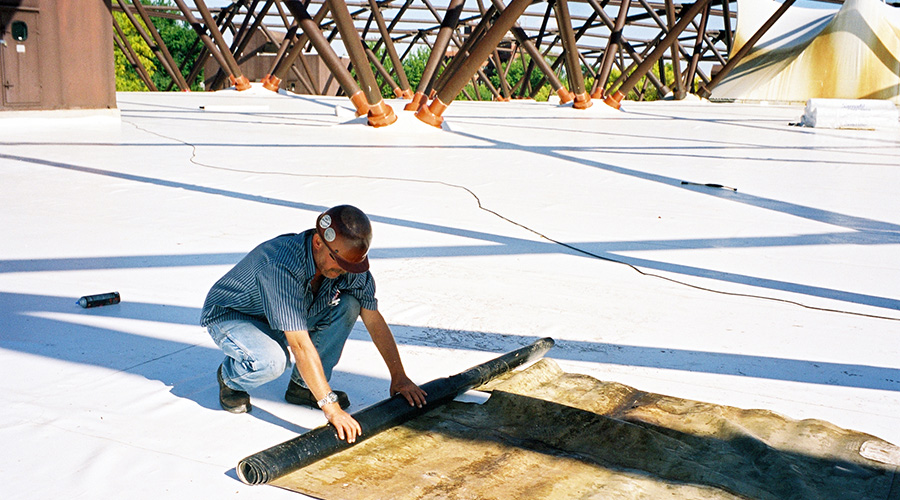Cool Roofs: Emissivity Standards
Reflectivity is only a part of the story, however. Just because a roof is reflective does not mean that it is cool. It also needs to be able to release any heat it absorbs back out into the atmosphere. For buildings, if the roof has low emissivity, the materials directly below it get hot — the insulation, deck and ceiling — eventually reaching the interior. Better to release the heat back into the atmosphere than into the building where it will need to be mechanically removed or cooled. LEED has taken this relationship into consideration, requiring a roof to be not only highly reflective, but also highly emissive. The California Energy Commission adopted changes to the Building Energy Efficiency Standards contained in the California Code of Regulations (CCR), Title 24, to include cool roof prescriptive requirements for roofs, use of three-year aged solar reflectance data, and requirements by climate zone.
Conversely, in very cold climates, where heating loads tremendously exceed cooling loads, facility executives may want low reflective and low emissive roofs to retain what little solar radiation can be captured. Any heat absorbed into the building by the dark surface will lower costs for heating the interior.
Related Topics:














